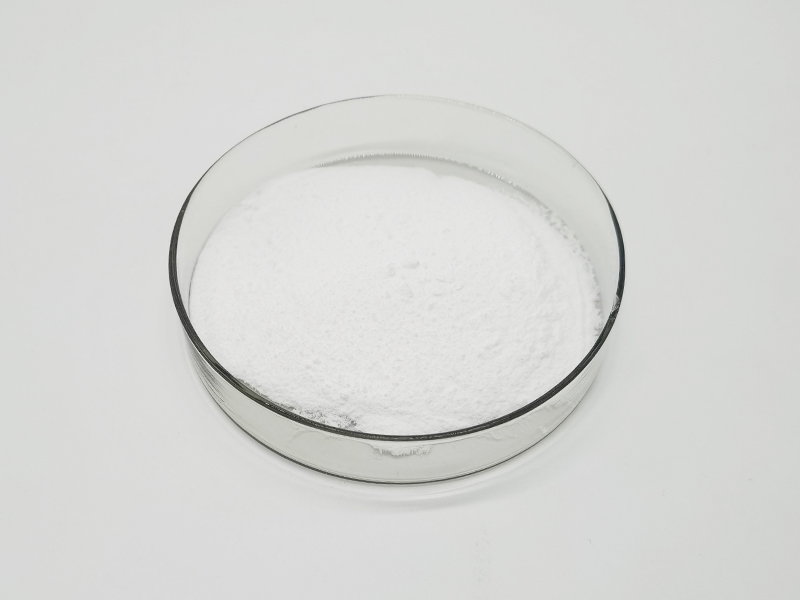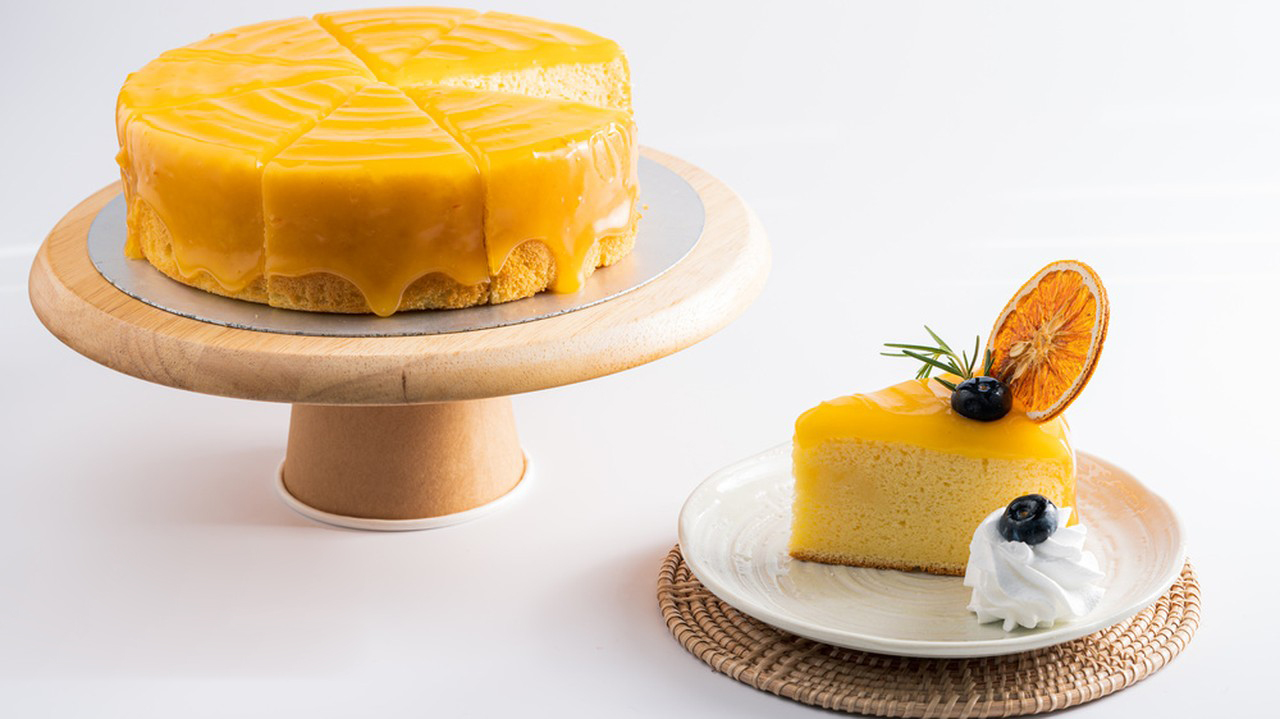Brazzein is the smallest, most heat-stableand pH-stable member of the set of proteins known to have intrinsic sweetness. The protein, consisting of 54 amino acid residues, is reported to be between 500 and 2000 times sweeter than sucrose and represents an excellent alternative to available low calorie sweeteners. It was originally isolated from the fruit of an African plant Pentadiplandra brazzeana Baillon . Heat and pH stability of the protein make it an ideal system for investigating the chemical and structural requirements of a sweet-tasting protein.

Why Brazzein regard as a healthy natural sweet protein?
Brazzein is the second sweet protein that was discovered in this fruit. Like other natural sweet proteins such as monellin and thaumatin, it is highly sweet.
Brazzein is the smallest sweet-tasting protein and was isolated from the wild African plant Pentadiplandra brazzeana. The brazzein molecule consists of 54 amino-acid residues and four disulfide bonds.The source of Brazzein is Pentadiplandra brazzeana Baillon (P. brazzeana) naturally grows in tropical African forests . The structure of the smallest sweet-tasting protein, brazzein, is made up of 54 amino acids . Brazzein stability remains up to 80 °C which is a significant characteristic for food processing. Brazzein sweetness potency is 750-fold higher than sucrose by weight at the threshold level .
Basic Information of Brazzein
Source: Pentadiplandra Brazzeana Baillon
Assay: 98%
Usage: Sweetening Agent
Appearance: White Fine Powder

The application of Brazzein
Brazzein can be used as a natural low-calorie sweetener to replace certain sugars. They are also good for the response of insulin in people who are diabetic. Sweet tasting proteins can be used as naturally occurring low calorie sweeteners due to them having more sweetness and a lower calorie value than Sucrose.Brazzein is a naturally occurring form of a low-calorie sweetener and can be used as a substitute for commonly used sugars, such as sucrose, glucose, and fructose.
